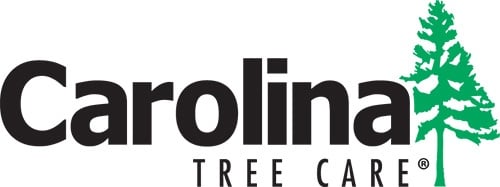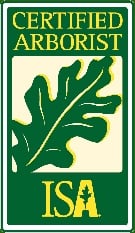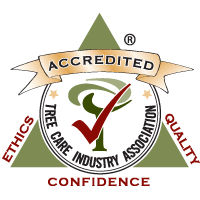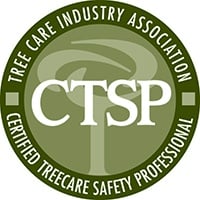The bugs in your trees are very annoying. Maybe they're dropping excrement into your pool or on your driveway. Or maybe you're tired of holes in your plant's leaves or webbing in between its branches.
You want to reduce the insect population in your trees and shrubs, but, as the environmentally conscious property owner you are, you don't want to use treatments that will negatively affect our sensitive ecosystem.
We feel the same way.
Treating your trees and shrubs doesn't have to mean damaging the rest of the environment. This week, we're talking about three things we do to reduce our impact on the environment while treating your trees and shrubs.
The trouble with insecticides
While insecticides do a good job of reducing the population of insects we deem pests on the trees and shrubs we love, they may also kill off beneficial insects when used irresponsibly. Harming pollinators that play a crucial role in our ecosystem and predator insects that help control pests is the opposite of what you want.
Other possible issues with tree and shrub treatments are drift and surface runoff. Even a treatment like fertilization that's great for your plants might not be great if it runs off into local streams and lakes.
Fortunately, environmentally friendly tree and shrub treatments are out there. You just have to work with a tree care company that goes the extra mile to protect the environment, like us!
Three environmentally friendly efforts to look for in your tree and shrub treatment program in Charlotte, NC
A true plant health care (PHC) professional will do whatever they can to limit negative environmental impacts as they treat your trees and shrubs. You'll know you've chosen an environmentally responsible PHC program if it includes efforts like:
-
A height limit on foliar sprays.
Sometimes foliar sprays are the only way to go if you have an acute pest problem that needs immediate attention. To keep the product from drifting off target, we limit our foliar spray treatments to 25 feet. A height limit on foliar sprays is also a good way to reduce product waste. -
The use of soil injection practices when possible.
When it comes to treatments like fertilization, soil injection is our method of choice. By injecting the fertilizer directly into the soil, we can not only deliver the product quickly, but we can also reduce the chance of off-site movement. Soil-injected pesticides have the same advantages. -
A strong preference for using pesticides with EPA "reduced risk" status.
Pesticides with EPA "reduced risk" status are classified as such if they reduce the risks to human health, reduce the risks to nontarget organisms (like birds, fish, and surrounding plants), and/or reduce the potential for contamination of groundwater, surface water, or other valued environmental resources. These pesticides are generally more pollinator friendly and preserve more beneficial insects. And they have lower use rates and pest resistance potential.
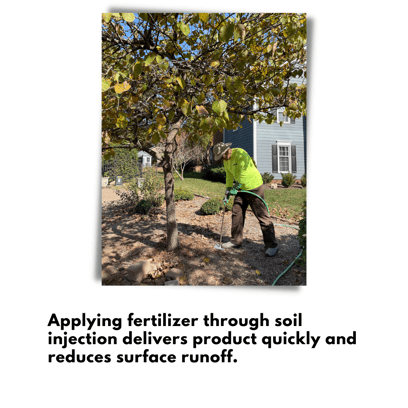
All of the efforts mentioned above are ingrained in Carolina Tree Care's plant health care program. Want to learn more about our PHC treatments? Visit our Tree Bugs page to get all the information you need!
Like what you just read?
Then you'll love this: Don't Let Fallen Tree Leaves Go to Waste
